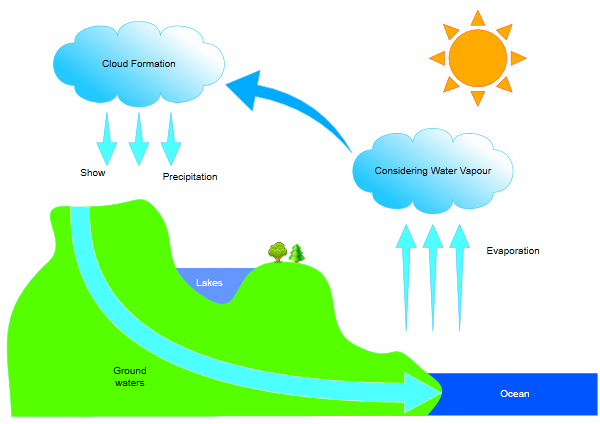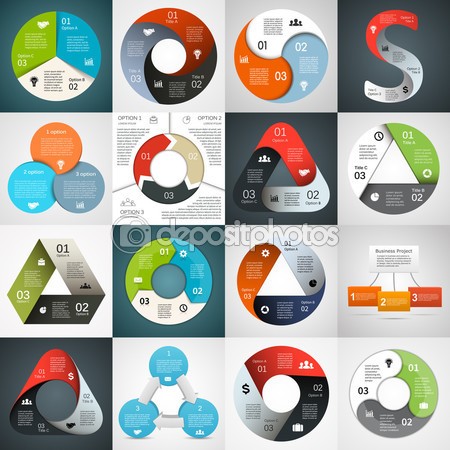Chart Presentation Cyclical is Cyclical
Post on: 29 Апрель, 2015 No Comment

From time to time we write that cyclical is cyclical. While a tautology involves using different words to say the same thing we are actually using the same word twice in order to make a point that may or may not be blindingly obvious. Still, we are going to wade through the premise on this page so that we can expand on it somewhat on the following page.
When we write that ‘cyclical is cyclical’ we mean that most economically sensitive sectors follow the same basic path. There are always exceptions of course but in general the economically sensitive sectors will rise and fall at roughly the same points in time.
First is a comparison between Japan’s Nikkei 225 Index and copper futures. We will argue that both are ‘cyclical’.
The chart shows that the peaks and bottoms for the Nikkei and copper prices are made at approximately the same time. When the Nikkei is rising copper prices tend to be strong and when copper is trending higher we would expect to see a positive trend for the Nikkei. Cyclical is cyclical.
The point, we suppose, is that it usually doesn’t make sense to expect copper prices to collapse while Japanese stock prices move upwards or the Nikkei to crash in the face of rising base metals prices. Fair enough.
Where things begin to get a bit more interesting is when one starts to explore the concept of relative strength. At bottom right is a chart of the ratio between the Nikkei 225 Index futures and copper futures from 1988 to the present day. Copper is measured in cents so a price of, say, 3.83 would be 383.
Through the decade of the 1990’s the Nikkei/copper ratio made a number of forays up over 250:1 with fairly consistent peaks around 270:1. Today the ratio is closer to 23:1. If copper prices were to remain ‘flat’ for the next decade or so the Nikkei would have to rise from yesterday’s close of 9554 up to roughly 100,000 before the ratio would move back to the series of peaks made through the 1990’s.
While cyclical may be cyclical so that the Nikkei and copper prices trend in the same basic direction at the same basic time. relative strength between the two is a function, we believe, of another intermarket force.
Equity/Bond Markets
We are going to quickly add one more building block to our argument. Below is a chart of the ratio between gold and the U.S. 30-year T-Bond futures.
For good or for bad. the argument is that gold is to the TBonds in the same way that the Nikkei is to copper. The price of gold declined for about 21 years relative to the value of the TBond futures and spent the next 10 or 11 years ‘catching up’.
So. on to the intermarkets.
Below is a chart of the CRB Index and the U.S. Dollar Index (DXY) futures from the start of 2001 through the first quarter of 2003. We are looking at the time period a decade or so ago when the commodity price trend that has since dominated virtually every facet of the markets rose phoenix-like out of the ashes.

The idea is that the abrupt change from unloved to favored for raw materials prices was an extension or offset of the change in the direction of the flow of capital that went with the start of a weakening dollar. In simpler terms. the dollar started to weaken as money began to move away from large cap stocks in developed markets over to commodities, small caps, and virtually anything and everything associated with emerging, Latin, and Asian.
The intermarket ‘driver’ behind the rise in copper, gold, and crude oil prices was a freshly minted bear trend for the dollar.
Below is a comparison between the Nikkei 225 Index and the combination of the Japanese 10-year (JGB) bond futures times the Japanese yen futures.
Our premise is that the U.S. dollar is a natural offset to commodity prices while the Japanese yen and/or long-term bond prices serve as the offset to Japanese equity prices.
We are attempting to show that the CRB Index turned higher in early 2002 in a manner quite similar to the initial rally in the Nikkei in 2012. The ‘driver’ behind rising commodity prices was dollar weakness while a similar ‘driver’ for a rising Nikkei 225 Index would come from a declining value for the Japanese yen along with lower bond prices. On any given day, week, or month the markets can do almost anything but this is the thesis that we have put together to explain our expectations for the markets for the balance of this decade. Which, we would suggest, is a rather long period of time.














